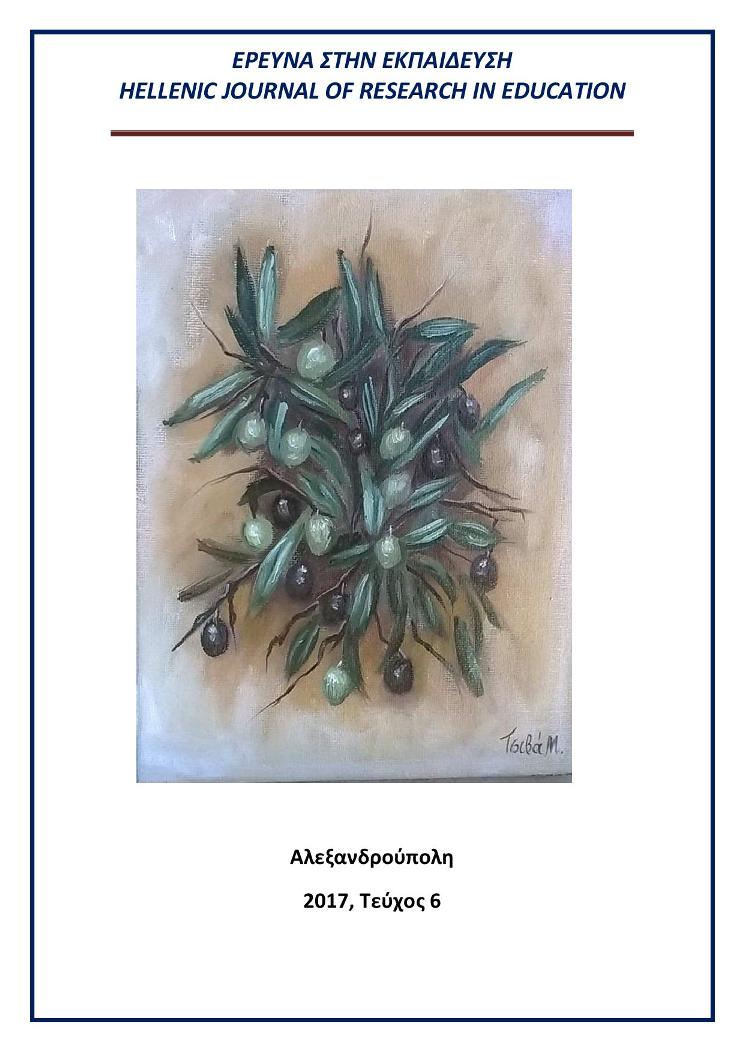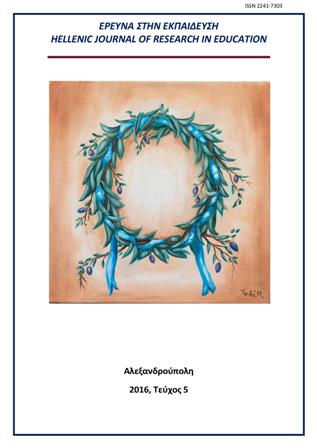Οι ταμπλέτες στην εκπαίδευση. Αποτελέσματα από πιλοτικό πρόγραμμα για τη διδασκαλία συστημάτων του ανθρώπινου οργανισμού σε μαθητές δημοτικού

Περίληψη
Η εργασία αφορά τη χρήση εφαρμογής για tablets για τη διδασκαλία των συστημάτων του ανθρώπινου οργανισμού. Σκοπός ήταν να διερευνηθεί κατά πόσο μια εφαρμογή με τρισδιάστατες απεικονίσεις και στοιχεία επαυξημένης πραγματικότητας μπορεί να βοηθήσει στην καλύτερη κατανόηση από τους μαθητές του τρόπου λειτουργίας του αναπνευστικού και κυκλοφορικού συστήματος και του τρόπου με τον οποίο αυτά συνεργάζονται. Για το σκοπό αυτό, οργανώθηκαν δύο ομάδες μαθητών της Στ’ Δημοτικού, οι οποίοι διδάχθηκαν το ίδιο αντικείμενο με δύο διαφορετικούς τρόπους διδασκαλίας. Στην πρώτη ομάδα εφαρμόστηκε ομαδοσυνεργατική διδασκαλία, η οποία ενισχύθηκε, σε κάποιο βαθμό, τεχνολογικά, ενώ η δεύτερη ομάδα χρησιμοποίησε αποκλειστικά και μόνο tablets. Οι διδακτικές παρεμβάσεις διήρκησαν η κάθε μία τέσσερα διδακτικά δίωρα. Στην έρευνα συμμετείχαν συνολικά 50 μαθητές. Η συλλογή των δεδομένων πραγματοποιήθηκε με τη χρήση φύλλων αξιολόγησης και ερωτηματολογίου. Τα αποτελέσματα έδειξαν ότι η ομάδα που χρησιμοποίησε τα tablets είχε καλύτερες επιδόσεις σε σχέση με την άλλη ομάδα. Η έρευνα ανέδειξε τη θετική επίδραση που είχαν τα tablets στις επιδόσεις των μαθητών, ενώ φάνηκε και η θετική στάση των μαθητών απέναντι στη χρήση τους στη διδασκαλία.
Λεπτομέρειες άρθρου
- Πώς να δημιουργήσετε Αναφορές
-
Μαστροκούκου Α., & Φωκίδης Ε. (2017). Οι ταμπλέτες στην εκπαίδευση. Αποτελέσματα από πιλοτικό πρόγραμμα για τη διδασκαλία συστημάτων του ανθρώπινου οργανισμού σε μαθητές δημοτικού. Έρευνα στην Εκπαίδευση, 6(1), 161–178. https://doi.org/10.12681/hjre.13811
- Τεύχος
- Τόμ. 6 Αρ. 1 (2017)
- Ενότητα
- Άρθρα

Αυτή η εργασία είναι αδειοδοτημένη υπό το CC Αναφορά Δημιουργού – Μη Εμπορική Χρήση – Παρόμοια Διανομή 4.0.
Τα πνευματικά δικαιώματα των άρθρων του περιοδικού ανήκουν στους συγγραφείς. Τα άρθρα διατίθενται με άδειες Creative Commons CC-BC-SA 4.0



